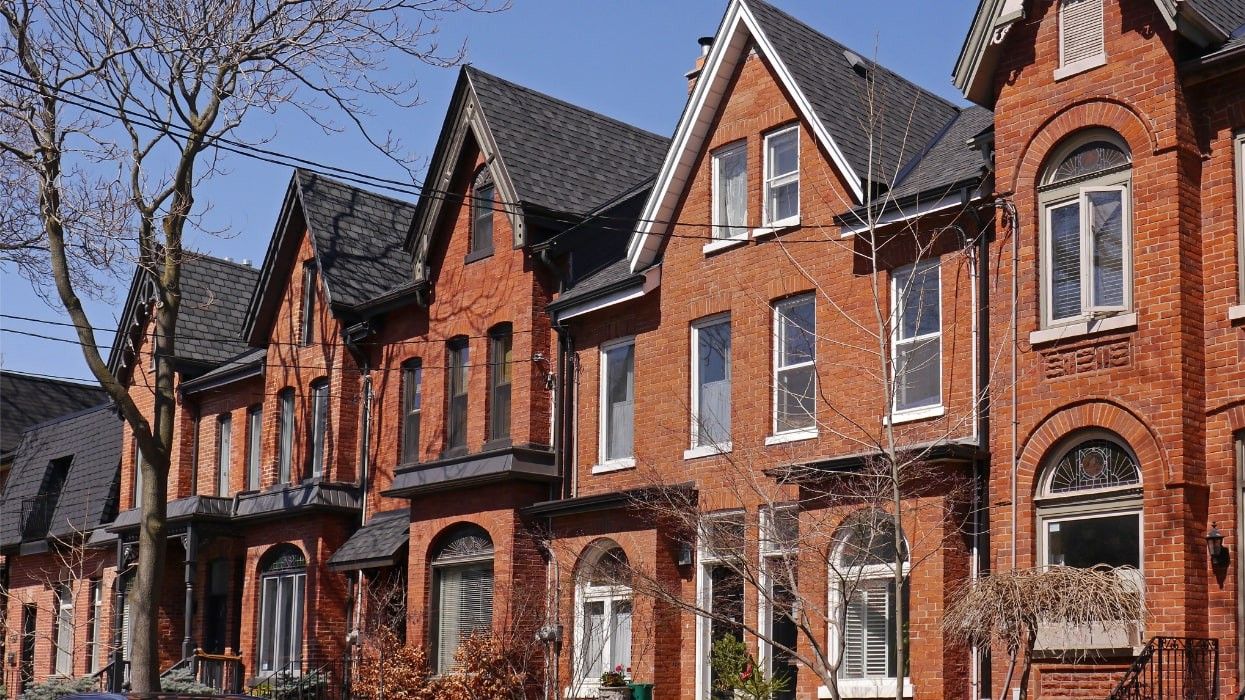As was widely anticipated, the Bank of Canada (BoC) opted to hold interest rates at 5.00% this week, the third consecutive pause as economic conditions soften and inflation edges closer to 2%.
High interest rates are "clearly restraining spending," the BoC said in its announcement, adding that data and indicators from the fourth quarter, including an easing labour market, “suggest the economy is no longer in excess demand.”
In October, the Consumer Price Index (CPI) slowed to 3.1% year over year, down from 3.8% in September. At the same time, CPI median and CPI trim — the bank's preferred measures of core inflation — edged down to 3.6% and 3.5%, respectively.
However, the BoC said it wants to see "further and sustained easing" of core inflation, and noted that high housing costs continue to pose a problem in its fight to wrangle inflation.
In October, property taxes rose 4.9% annually, the largest increase since October 1992, while rent rose 8.2% year over year on the heels of a 7.3% jump in September. Mortgage interest cost continue to be elevated, too.
As such, the BoC remains concerned about the “risks to the outlook for inflation,” and is prepared to resume raising interest rates if need be.
Despite the hawkish statement, the bank’s decision to hold once more has reinforced economists’ view that interest rate cuts will begin in the spring.
"Given the economic backdrop, the BoC has likely gained greater confidence that its policy stance is sufficiently restrictive," said James Orlando, CFA and Director and Senior Economist at TD. "The next move is clearly a cut, with odds pointing to the first move in April."
It’s a prediction shared by Randall Bartlett, the Senior Director of Canadian Economics at Desjardins, who noted that the "Canadian economy is clearly buckling under the ongoing strain of high interest rates."
Bartlett’s forecast hinges on the bank’s need to see the unemployment rate reach roughly 6.5% — it rose 0.1% from October to November, reaching 5.8% — and inflation dip below 3%.
Claire Fan, an Economist at RBC, stopped short of offering a specific date for the start of rate cuts, but she too eyed the second quarter of 2024. However, if the economic slowdown speeds up or becomes steeper than expected, the bank may make its move earlier, she noted.
Meanwhile, Douglas Porter, Chief Economist and Managing Director of Economics at BMO, took a more cautious approach than his peers.
"Given the bank's goal of restoring its inflation-fighting credibility among the broader public, the BoC could very well wait as long as possible before shifting to a dovish bias and then to cuts. Assuming the economy doesn't weaken materially further in the next few months, the policy rate trajectory is entirely dependent on the evolution of inflation," Porter said.
"We suspect that while the underlying trend in inflation will improve in 2024, there will be bumps along the way, keeping the Bank on hold a bit longer than the market currently anticipates. But it is safe to say that the countdown clock to rate cuts has begun, even if the Bank isn't saying so."
The BoC’s next interest rate announcement is scheduled for January 24, 2024; the promising springtime statement is set for April 10.





















